Review for The Titfield Thunderbolt - 60th Anniversary Collector's Edition
Introduction
I hate travelling by train! You get on one of these automated sardine tins masquerading as carriages, so crowded that you have to have a post coital cigarette with whichever poor commuter is jammed up against you, and if you’re miraculously lucky enough to get one of the cheap plastic seats, you find that they’ve been designed by an idiot who thinks that the human body was complete at the torso, no legroom or arm room necessary. That’s before the automated doors which never work, the bright orange in-your face scrolly telling you about all the stations that this train isn’t visiting, the annoying nasal machine voice reeling off a whole different list of stations that this train isn’t visiting, the faint stench of vomit in each carriage, and if you picked the wrong one to board, the overflowing toilet. I hope you bought your season ticket before it got hiked up greater than inflation, as you wouldn’t want to miss out on the wonders of modern mass transit.
You wouldn’t believe it, but I used to love travelling by train. This is the one form of transport which gets better the further back in time you go. When I was still a boy, we still had the slam-door wooden carriages on our local line, no automation, cushioned seats, and proper windows. The carriages bounced on the rails, you could hear the clackety-clack as the train moved, and each seat had random springs so that everyone bounced in their seats slightly off beat to the motion of the carriage. And it smelt like a train. That’s nothing compared to my first few holidays in India, before the branch line to my dad’s village was electrified, and outfitted with diesel electric engines. We used to travel by steam train! So packed full of people that half rode on the roof of the carriage, distressingly slow, smelly, grimy and noisy, endlessly prone to delays when it got to the water tower to fill up, only to find that the water wasn’t there, yet it was tremendous fun. The description doesn’t sound so different from modern trains, but it was the steam that made all the difference.
With rose tinted spectacles like those fastened to my face, you’d think that The Titfield Thunderbolt would be my Ealing comedy of choice, and I have to admit that I was quick off the mark to request the check disc when the Blu-ray was announced. For its 60th anniversary, it also seems that the story of The Titfield Thunderbolt has never been so appropriate and meaningful. In many ways, it’s more relevant now than ever.
The branch line to the quiet village of Titfield holds pride of place for two people, the Squire Gordon Chesterford, whose great-grandfather built the railway, and lifelong railway buff and village vicar Rev. Sam Weech. It’s no surprise then that the two are most devastated when the government announces that the line will be closed in favour of a more efficient local bus service. This is great news for the local bus company, who can already sense the profit. The vicar and the squire aren’t going down without a fight though, and decide that if the government won’t run the railway, by gum, they’d do it themselves. All they need is the money and the expertise. The money is where local philanthropist Valentine comes in, who can often be found in the local. He’s initially reluctant until he hears of the curious exception to the licensing laws that apply to railways. The expertise comes from local reprobate and retired railway worker Dan Taylor, who is just as fuelled by alcohol, isn’t shy of a little disreputable behaviour, but knows all there is to know about the railway. They manage to get a stay of execution, a probationary period to prove that they can indeed run a railway. But the bus company isn’t going down without a fight either, and they fight dirty.
Picture
The image is a 1.37:1 pillarboxed transfer on this disc, at the 1080p resolution. It’s been cleaned up a treat, with a lot of the dirt and scratches, signs of age removed, and with a significant restoration to improve the colour balance and restore it to its original Technicolor glory. I have to admit that it doesn’t challenge the limits of the high definition format though, and has an overall softness and lack of resolution that puts it somewhere in between DVD and Blu-ray. My guess is that it’s a limit of the source material, as what is there is presented without signs of compression, aliasing and other digital artefacts. You can still see the signs of age in the film in the way that the colours come across, with a great degree of saturation and intensity, with skin tones shifted towards the yellow. The Titfield Thunderbolt looks very nice on this Blu-ray though, and I don’t see what else could have been done without drastically altering the film from the original intent.
Sound
The audio on this Blu-ray is in uncompressed PCM 2.0 Mono English with optional English subtitles. The most important thing is that the dialogue is clear, and the experience is unmarred by glitches or drop-outs. There’s been some restoration done to the audio as well, in terms of removing hiss, and presenting as broad and rich an experience as possible. There is a smidge of hiss and rumble left in certain scenes, but nowhere near as bad as that which you’ll notice in the restoration featurette in the extras.
Extras
The extras on this disc are short but enjoyable, beginning with The Making of The Titfield Thunderbolt, which runs to 9 minutes. A film historian presents a modern perspective, while a couple of the film crew offer contemporary accounts.
This, the 4 minute Restoration comparison and the trailer are presented in 1080p HD.
The rest is in 576i SD, 10 minutes worth of Douglas Slocombe Home Movie Footage, which offers location scouting and b-roll footage against an interview with the Director of Photography.
The Lion Locomotive is a 5 or so minute piece on the history of the engine used in the film. There’s a 3 minute location featurette that shows how some of the locations in the film look today. There’s a 2 minute stills gallery, and there is a 4 minute audio interview with Douglas Slocombe, in which he relates an anecdote about director Charles Chrichton.
Conclusion
The Titfield Thunderbolt is a gentle, enjoyable and ultimately utterly ephemeral Ealing comedy which isn’t up there with the best of that studio’s output. It lacks the satire, the dark wit, and intelligence that epitomises the best of Ealing, but makes up for it with a quintessential Englishness, with enthusiastic and engaging characters. The Titfield Thunderbolt had the misfortune of being made too early. A film from the early fifties, its premise is utterly absurd, as it comes from a world where no one would be foolish enough to dispense with the lifeblood of the countryside, no one would actually close a railway in favour of cramped, inelegant buses. The Titfield Thunderbolt is a fantasy, a gentle rural fairy tale, toying with impossible ideas, and treating them with the haughty and mildly amused contempt that they are due. It’s not a film to be taken seriously, and it has no appropriate message to impart to the audience other than simple, absurdist entertainment.
Had the Titfield Thunderbolt been made ten years later, it would not have been so absurd, as by the early sixties, the Beeching Report had come and sanctioned the impossible, the wholesale erasure of most of Britain’s branch lines. Today, those branch lines that do remain in operation are actually privately owned concerns, run by enterprising groups with the same enthusiasm as the villagers of Titfield, but with a whole lot more realism. Today, we live in a world where ‘The Big Society’ insists that we take responsibility for more and more aspects of our lives, and for rural villages it means people working together to run their own corner shops, post offices, schools and pubs, and even more urban communities having to pitch in to maintain essentials such as libraries. You’d expect a latter day Ealing Comedy in the same vein to feature a vicar gamely picking up a scalpel when the local A & E closes down.
Of course that wouldn’t be The Titfield Thunderbolt, as it’s a romantic, nostalgia tinged film that has no truck with such serious satire. It’s a film where any setback, minor or major can be overcome through sheer English fair play, where the romance of the railways is foremost, and villains are assured to get their comeuppance in the end. About the most subversive thing in this story is the way that the would-be train magnates source their funding, appealing to the dipsomaniac tendencies of the village philanthropist. The vicar and the squire are joyfully enthusiastic about the whole experiment, their foes in the bus company are comically villainous, and the establishment in Whitehall looks on with bemused affront at the idea of the railway being run as a private concern. The joke is that the vicar and squire fear actually making a profit, lest the railway be nationalised again.
About the only figure of threat in the film is a local traction engine driver named Hawkins, who the bus company co-opts into helping them sabotage the railway, and his tactics are a tad unsavoury for a comedy. Of course Hawkins, Sid James in a role as a heavy, has his loyalties torn between his wallet and his girlfriend, who supports the railway. It’s an odd off-tone element that doesn’t always gel, in a film that otherwise eschews any sense of reality.
The Titfield Thunderbolt isn’t the best Ealing Comedy, but its warmth, nostalgia and magic is quite engaging. It has a romance about the old railways and the English countryside that holds the attention, while the likeable characters and the gentle comedy always manages to entertain, while not being quite memorable. The Titfield Thunderbolt looks at its best on this Blu-ray disc, but that best doesn’t in any way challenge the limits of Blu-ray technology.
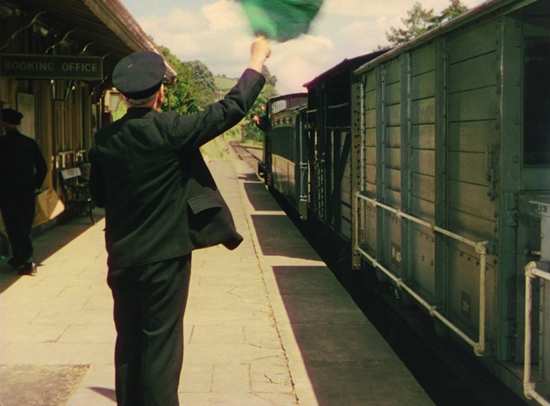
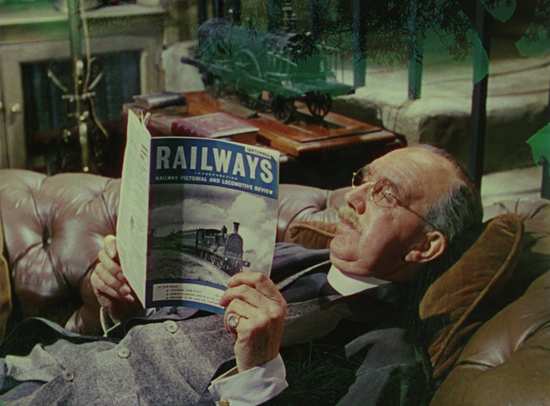
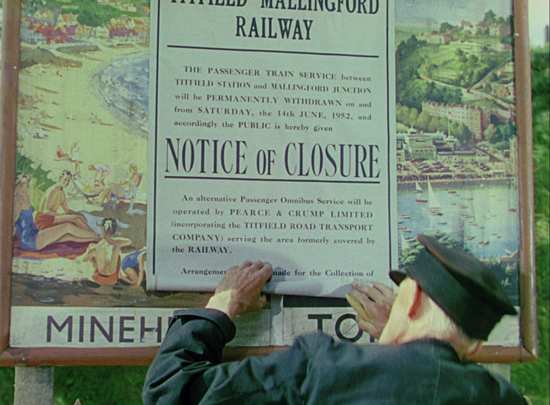
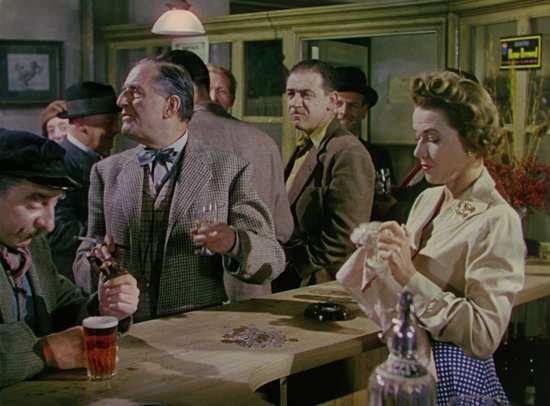
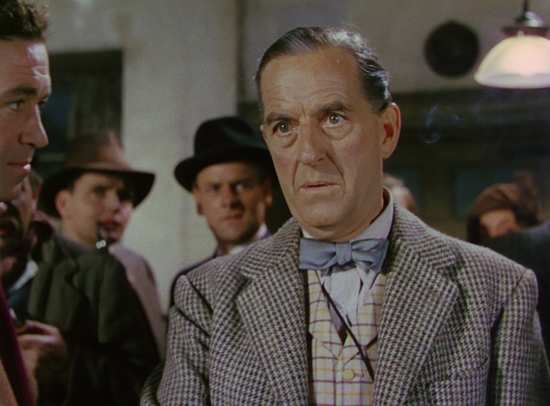
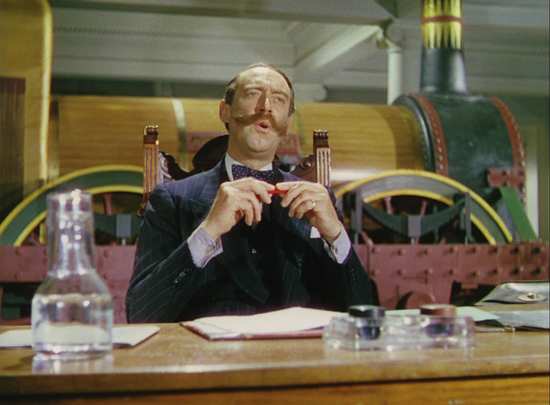
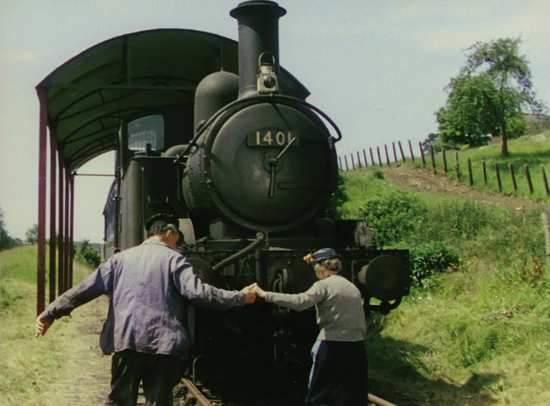
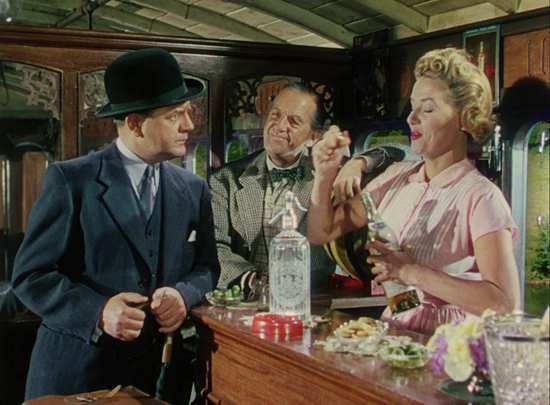
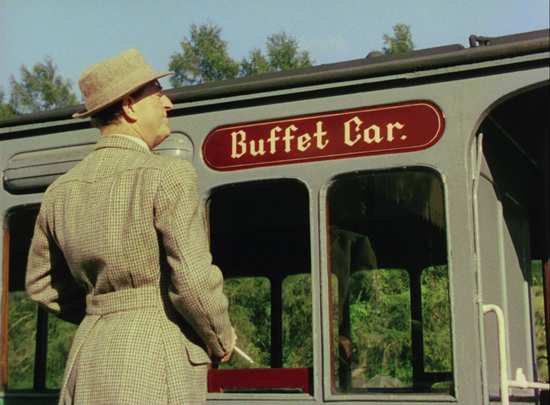
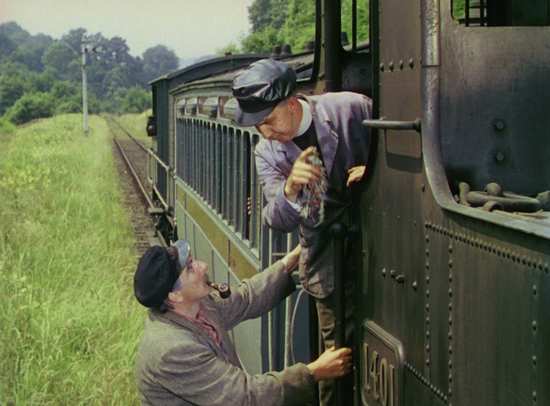
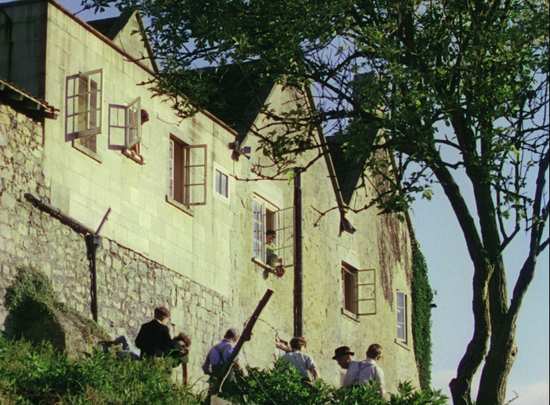
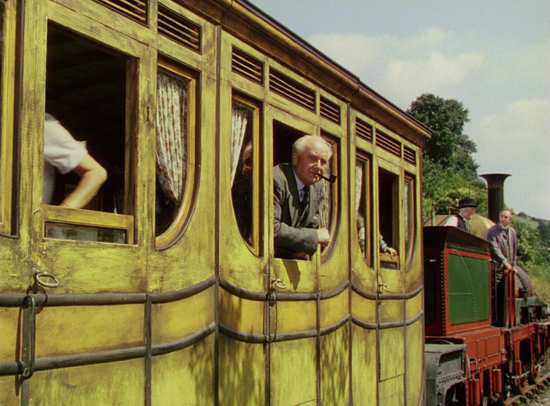
Your Opinions and Comments
Be the first to post a comment!